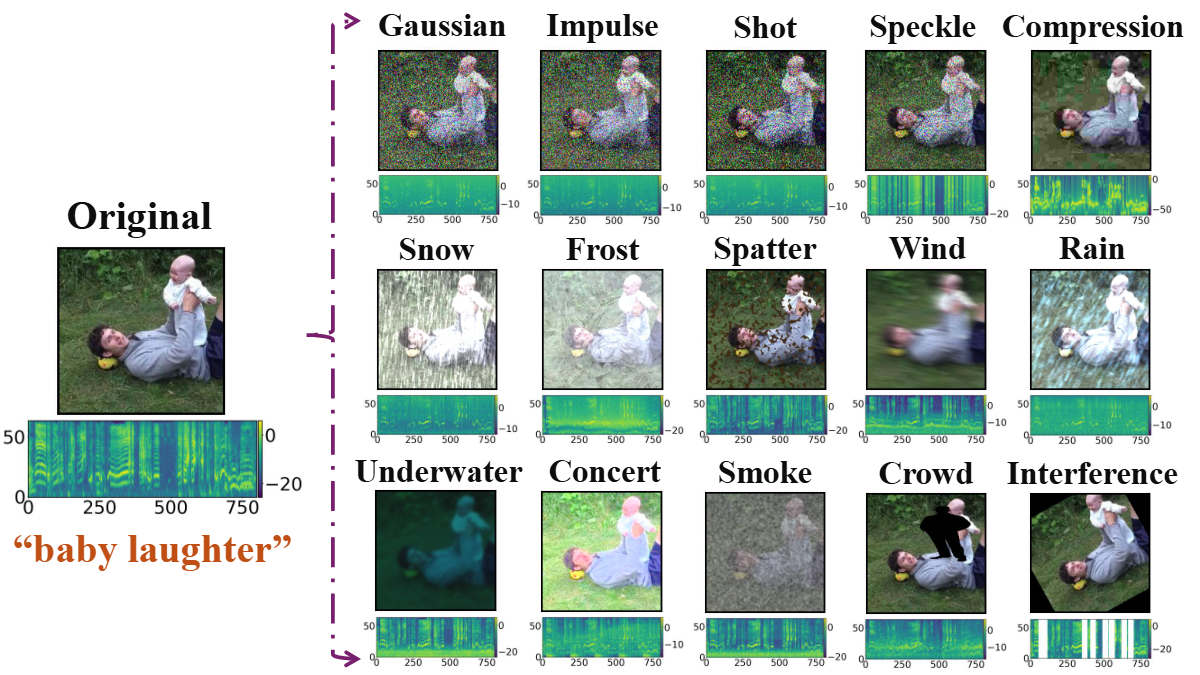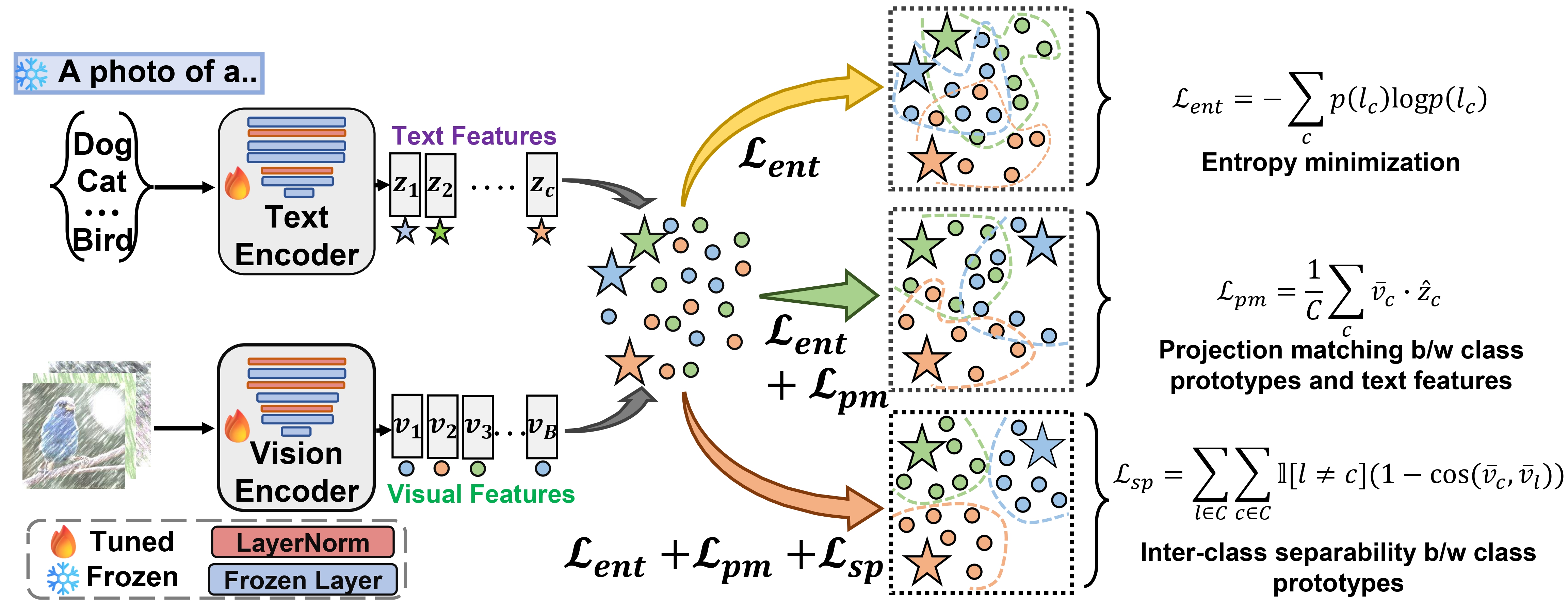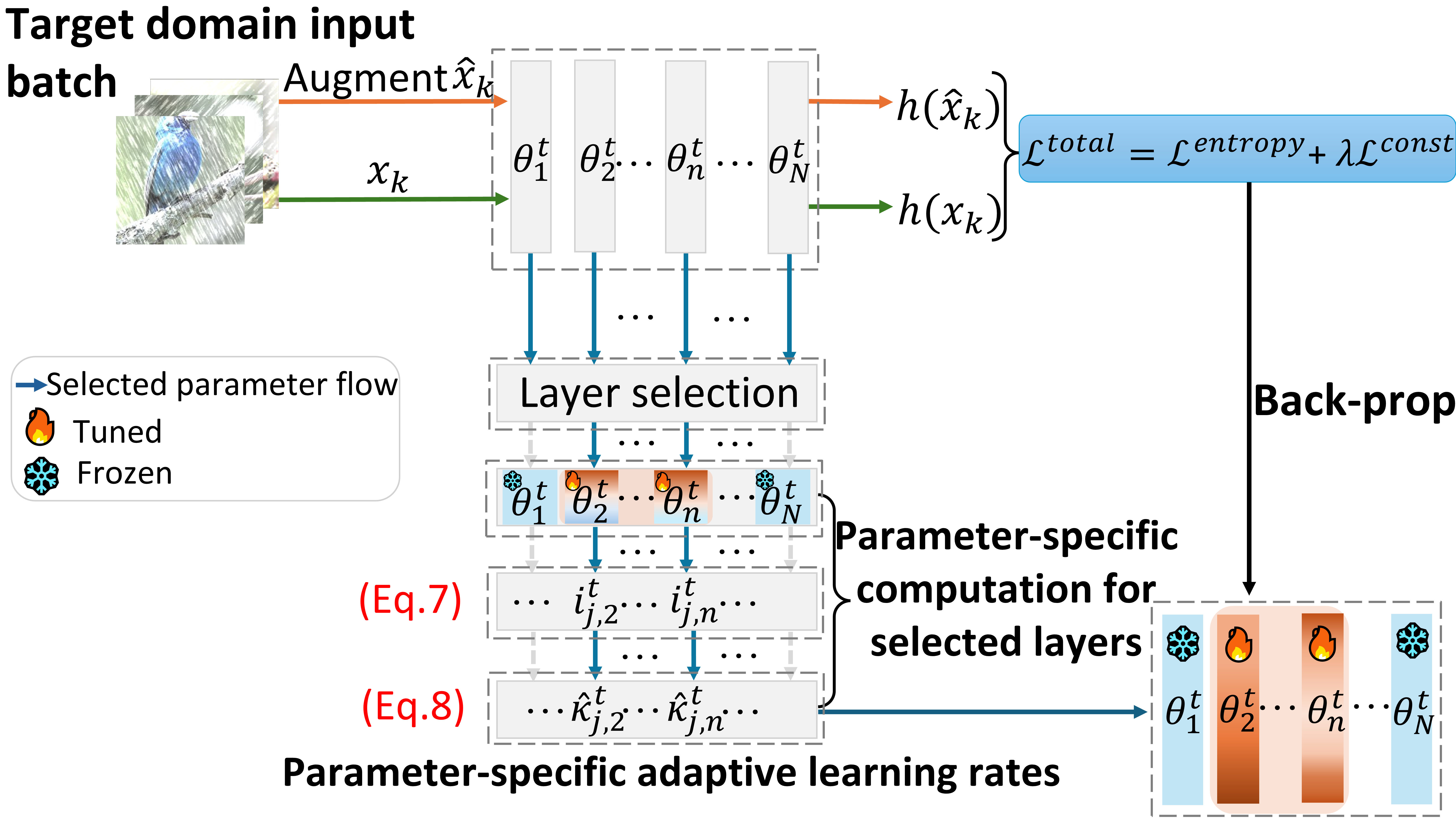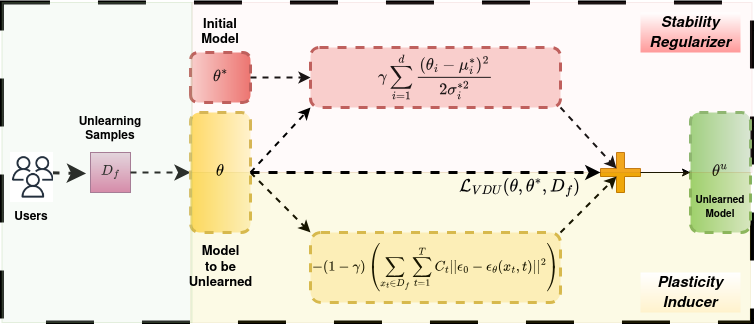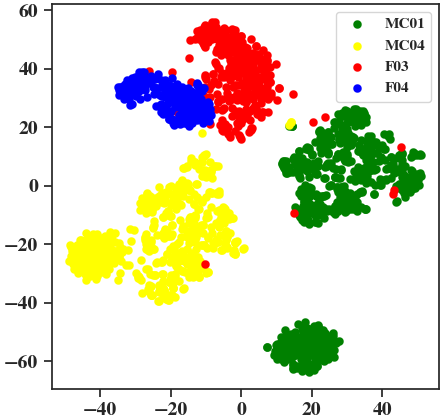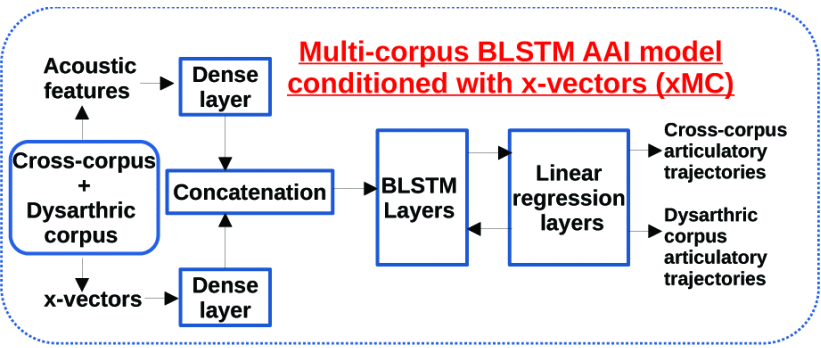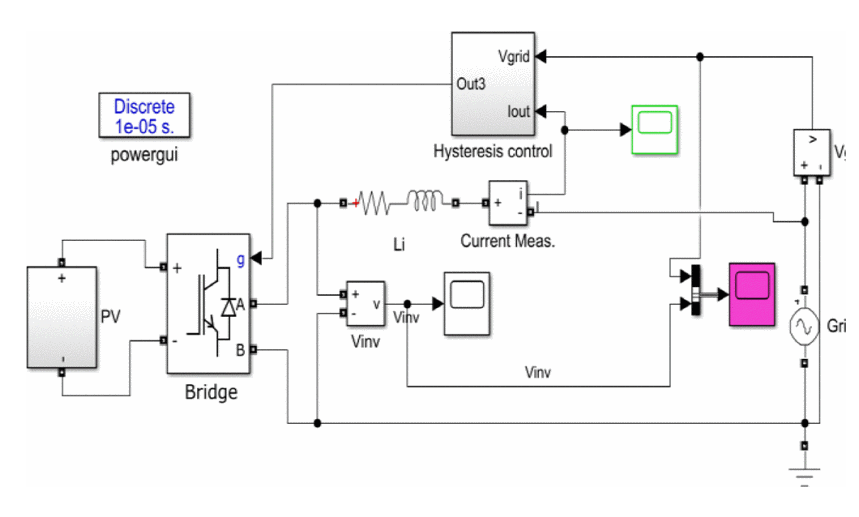|
I'm a CS PhD candidate at the University of Texas at Dallas (UTD), advised by Dr. Yunhui Guo. Before this, I obtained my MS in Electrical Engineering from the University of Southern California (USC) and a Bachelor's degree from IIIT Bhubaneswar (IIIT-Bh), India, with an honors degree in Electrical and Electronics Engineering. Here are some of the key aspects driving my research:
During my Masters, I closely worked with Dr. Yonggang Shi. Previously, I had also worked with Dr. Shri Narayanan. As an undergraduate, I was fortunate enough to work with Dr. Ren Hongliang (NUS), Dr. Prasanta Kumar Ghosh (IISc), and Dr. Aurobinda Routray (IIT-Kharagpur). I have published at top-tier ML/computer vision/signal processing conferences such as ICCV, NeurIPS(2x), AAAI, ECCV, and ICASSP(2x). I'm happy to chat and discuss potential collaborations. Feel free to contact me. Email / CV / Google Scholar / GitHub / LinkedIn |

|
|
June '25 |
BATCLIP has been accepted to ICCV 2025. See you in the gorgeous Hawai'i! 🌴 |
|
May '25 |
We're organizing the 1st Workshop on Multimodal Continual Learning at ICCV 2025! |
|
May '25 |
Crushed my quals — officially a PhD candidate now! |
|
Mar '25 |
Excited to be co-organizing the 2nd Workshop on Test-Time Adaptation: Putting Updates to the Test at ICML 2025! |
|
Feb '25 |
This summer, I'll be joining Dolby Laboratories as a PhD Research Intern! |
|
Dec '24 |
PALM has been accepted to AAAI 2025 for an Oral presentation! |
|
Nov '24 |
Serving as a CVPR 2025 reviewer. |
|
Oct '24 |
Variational Diffusion Unlearning (VDU) is accepted to the NeurIPS SafeGenAI workshop 2024! |
|
Sep '24 |
Our paper on submodular optimization for active 3D object detection has been accepted to NeurIPS 2024! |
|
Aug '24 |
Serving as a reviewer for ICLR 2025. |
|
Jul '24 |
Our paper on DNN watermarking has been accepted to ECCV 2024! |
|
May '24 |
Serving as a reviewer for BMVC 2024. |
|
Mar '24 |
Serving as a reviewer for CVPR 2024 Workshop on Test-Time Adaptation: Model, Adapt Thyself! (MAT). |
|
Feb '24 |
Serving as a reviewer for ECCV 2024. |
|
Jan '24 |
Our paper on SSL features for dysarthric speech has been accepted to the SASB workshop @ ICASSP 2024! |
|
Jan '24 |
I am glad to be selected to attend the MLx Representation Learning and Generative AI Oxford Summer School. |
|
First author works are highlighted. |
|
Sarthak Kumar Maharana, Saksham Singh Kushwaha, Baoming Zhang, Adrian Rodriguez, Songtao Wei, Yapeng Tian, Yunhui Guo Under Review [arXiv] [Code] [Datasets] [Demo] A comprehensive benchmark designed to evaluate the test-time robustness of audio-visual recognition models. |
|
Ruiyu Mao, Sarthak Kumar Maharana, Xulong Tang, Yunhui Guo Under Review [arXiv] A voxel-centric submodular approach tailored for active LiDAR semantic segmentation. |
|
Sarthak Kumar Maharana, Baoming Zhang, Leonid Karlinsky, Rogerio Feris, Yunhui Guo In ICCV 2025 [Paper] [Project] [Code] Bimodal online test-time adaptation method to improve CLIP's robustness to common corruptions. Also extends to domain generalization settings. |
|
Sarthak Kumar Maharana, Baoming Zhang, Yunhui Guo In AAAI 2025 (Oral) [Paper] [Project] [Code] Adaptive learning rate continual test-time adaptation method based on model prediction uncertainty and parameter sensitivity to rapid distributional shifts. |
|
Subhodip Panda, MS Varun, Shreyans Jain, Sarthak Kumar Maharana, Prathosh AP In NeurIPS Safe Generative AI Workshop 2024 [Paper] Machine unlearning of user-specific classes/concepts in pre-trained diffusion models (DDPMs). |
|
Ruiyu Mao, Sarthak Kumar Maharana, Rishabh K Iyer, Yunhui Guo In NeurIPS 2024 [Paper] [Code] A submodular optimization scheme to handle data imbalance and label distributional coverage for active 3D object detection. |
|
Yuxuan Li, Sarthak Kumar Maharana, Yunhui Guo In ECCV 2024 [Paper] [Code] Novel watermarking technique based on multi-view data for defending against model extraction attacks. |
|
Sarthak Kumar Maharana, Krishna Kamal Adidam, Shoumik Nandi, Ajitesh Srivastava In ICASSP 2024 Workshop on Self-supervision in Audio, Speech, and Beyond (SASB) 2024 [Paper] [Poster] Effectiveness of pre-trained self-supervised learning representations for acoustic-to-articulatory inversion of dysarthric speech. |
|
Sarthak Kumar Maharana, Aravind Illa, Renuka Mannem, Yamini Bellur, Veeramani Preethish Kumar, Seena Vengalil, Kiran Polavarapu, Nalini Atchayaram, Prasanta Kumar Ghosh In ICASSP 2021 [BibTeX] [Paper] [Code] [Video] Joint and multi-corpus training for acoustic-to-articulatory inversion of dysarthric speech, using x-vectors, at low-resource data conditions. |
|
Jayanta Kumar Sahu, Sudhakar Sahu, J.P Patra, Sarthak Kumar Maharana, Bhagabat Panda In ICSSIT 2019 [BibTeX] [Paper] Harmonics analysis of a PV integrated hysteresis current control inverter connected with grid and without grid. |
|
Source code by Jon Barron. |

